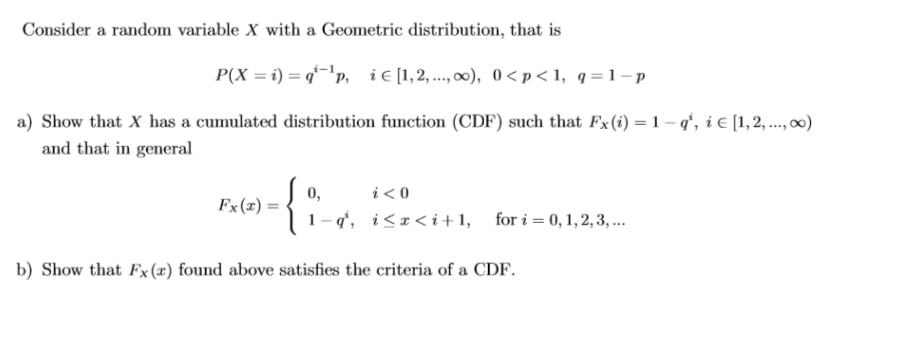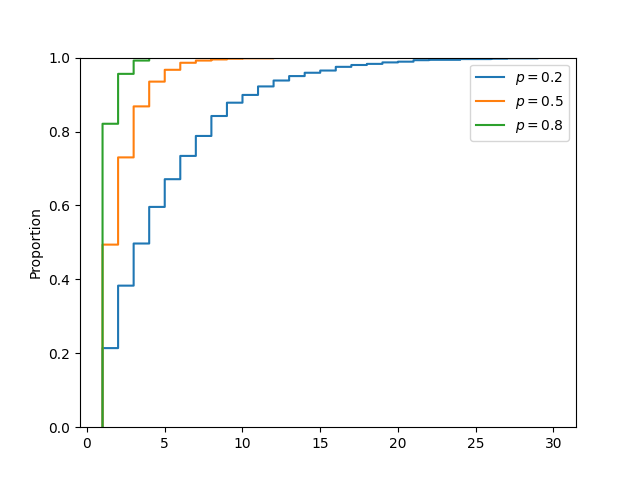

The support of is the interval the mean, mode, and median of are and its variance is. In Section 3, the present method or style of proof is extended to those cases giving the same distributions.īecause is a sum, the Irwin-Hall distribution approximates a normal distribution with a spline, since the Irwin-Hall distribution in ( 2) is composed of polynomials. Using moment generating functions, instead of characteristic functions, Gray and Odell found the distribution of any linear combination of uniform random variables with different domains allowed. In this case, the distribution is called the Bates distribution (, ), which can also be found by a simple transformation of the Irwin-Hall distribution (, ). The distribution of the mean is obtained when all the constants are. Similar techniques are used in for uniform distributions whose domains are intervals with zero as their left endpoints. ĭirect integration techniques can be used to obtain the distribution of a linear combination of Uniform(0, 1) random variables (, ). Sums of dependent uniform random variables are examined in. The distribution of the sum of uniform random variables that may have differing domains is found in.

Others utilize the convolution integral for sums and mathematical induction (,, ).

Some derivations employ characteristic functions in a variety of ways, since the characteristic function of a sum of independent random variables is the product of each summand’s characteristic function and the inverse transform is not intractable (,, , ). The distribution is described in, where it is called the Irwin-Hall distribution. Laplace often revisited the problem of finding the distribution of and employed many methods (, ). Those generating functions are a predecessor of characteristic functions. Lagrange used generating functions based on to obtain the distribution of T (, ).
GEOMETRIC CDF PDF
The CDF and PDF are respectively, where is the unit step function The derivation in Section 2 is geometric and explicitly uses the inclusion-exclusion principle.ĭerivations of the distribution, which more recently acquired its name Irwin-Hall, go back to Lagrange and Laplace in the latter 18th century and the early 19th century. The present goal is to derive the CDF and the PDF of the sum, where are independent identically distributed Uniform(0, 1) random variables for. For other applications and generalizations of the uniform distribution, see. The uniform distribution is a Bayesian noninformative prior distribution for the distribution of a random variable defined on the unit interval, such as a beta distribution for a proportion (, ). The transformation is called the probability integral transformation (, ). This is called the inversion method (, ). The random variable can be simulated by first simulating and then letting. If is the cumulative distribution function (CDF) of the continuous random variable, then the random variable has a Uniform( ) distribution. Two applications arise in numerical simulation and Bayesian analysis of proportions. The simple continuous uniform or rectangular distribution Uniform(0, 1) with probability density function (PDF) for and otherwise is very important. The derivation adds to the literature about methodologies for finding distributions of sums of random variables, especially distributions that have domains with boundaries so that the inclusion-exclusion principle might be employed.

In certain special cases, the derivation can be extended to linear combinations of independent uniform random variables on other intervals of finite length. The present derivation is very transparent, since it is geometric and explicitly uses the inclusion-exclusion principle. We review some of the distribution’s history. Many applications arise since round-off errors have a transformed Irwin-Hall distribution and the distribution supplies spline approximations to normal distributions. The Irwin-Hall distribution is the distribution of the sum of a finite number of independent identically distributed uniform random variables on the unit interval.


 0 kommentar(er)
0 kommentar(er)
